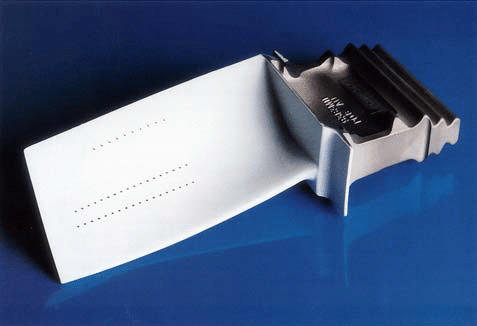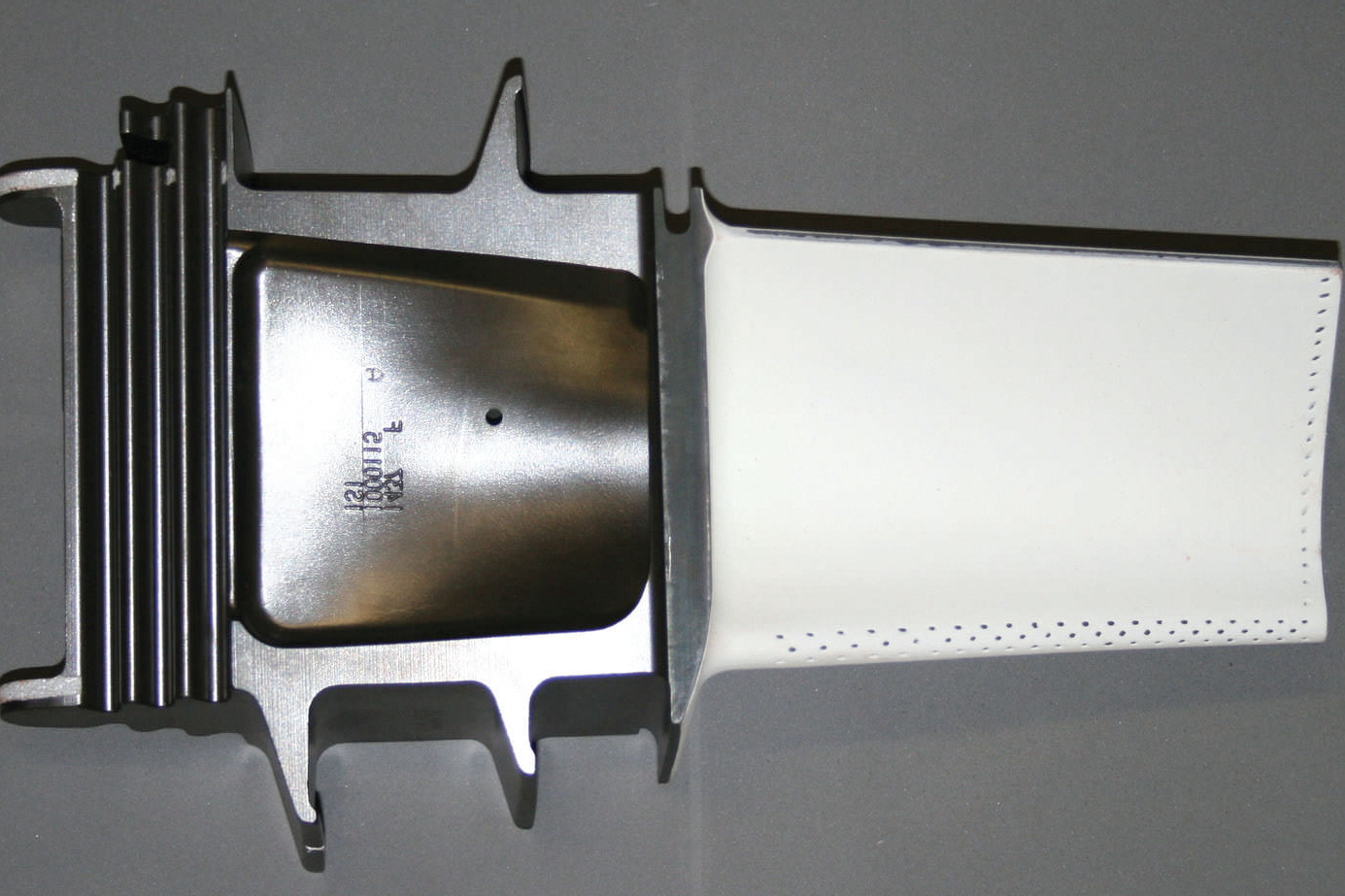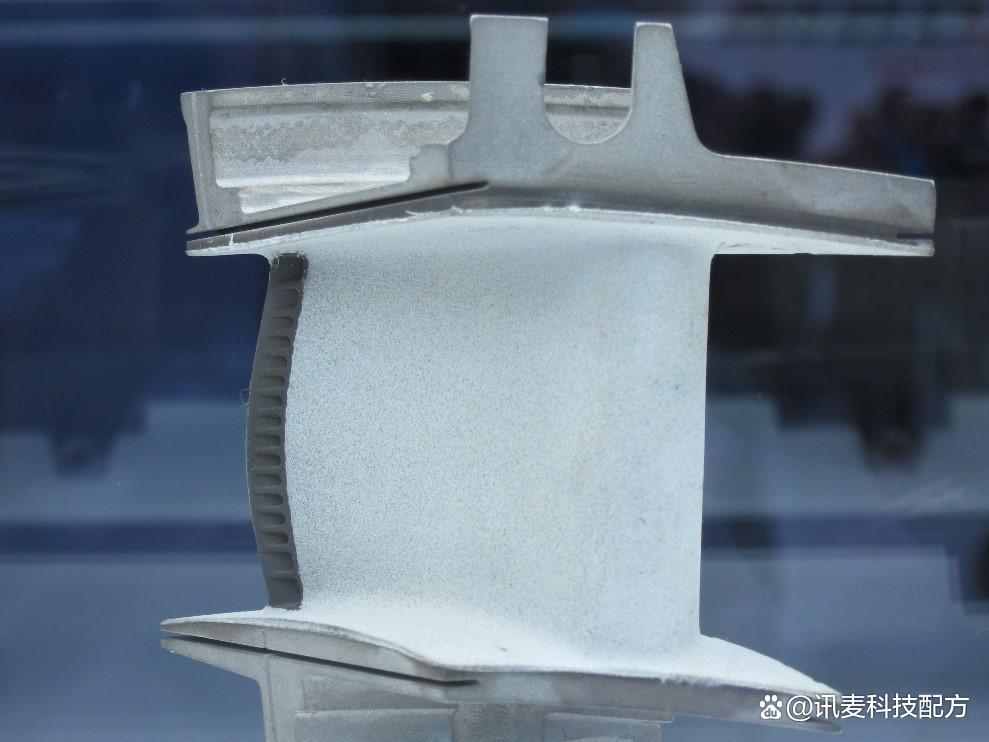What are the main challenges of using TBCs, and how are they addressed?
What Are the Main Challenges of Using TBCs, and How Are They Addressed?
1. Adhesion Issues Between Coating and Substrate
Challenge: One of the most common challenges in applying Thermal Barrier Coatings (TBCs) is poor adhesion between the ceramic layer and the metal substrate. Mismatches in the coefficient of thermal expansion (CTE), especially between materials like yttria-stabilized zirconia and substrates such as Inconel 718 or Ti-6Al-4V, can lead to delamination under thermal cycling.
Solution: Adhesion is improved by applying a metallic bond coat (e.g., MCrAlY alloys) and using controlled deposition methods such as electron beam physical vapor deposition (EB-PVD). Surface preparation techniques like sandblasting and CNC machining also enhance mechanical interlocking between the coating and substrate.
2. Microcracking and Porosity Control
Challenge: Spray-applied TBCs often develop microcracks and porosity, which can compromise durability and fatigue performance in high-cycle environments like aerospace and energy systems.
Solution: Controlled process parameters during air plasma spray (APS) or EB-PVD ensure optimal porosity levels (~10–15%) for insulation while preventing excessive defect formation. Post-deposition thermal aging and heat treatment stabilize the coating and close subcritical cracks.
3. Difficulty Coating Complex Geometries
Challenge: Many 3D printed components—especially those created via Powder Bed Fusion—have intricate features such as lattice structures or internal channels that are difficult to coat uniformly.
Solution: Adaptive masking techniques and robot-assisted spray systems improve access to non-line-of-sight features. For certain applications, Ceramic 3D Printing can be used to create inherently heat-resistant structures, eliminating the need for TBCs in some internal geometries.
4. Thermal Expansion Mismatch During Cycling
Challenge: Differential expansion and contraction during service can introduce residual stress and spallation at the interface.
Solution: Layered TBC systems with compliant bond coats and graded materials help buffer thermal mismatch. Using Hot Isostatic Pressing (HIP) before coating also reduces internal stress, enhancing coating reliability.
Recommended Services for Reliable TBC Performance
To overcome the challenges associated with TBCs, Neway offers a complete workflow:
High-Performance Base Material Solutions:
Superalloy 3D Printing: For parts requiring long-term thermal durability.
Titanium 3D Printing: For fatigue-sensitive components.
Ceramic 3D Printing: Where heat resistance is inherently needed.
Coating Preparation and Application:
CNC Machining: Ensures precise surface prep before coating.
Thermal Barrier Coatings (TBC): Optimized coating systems with controlled thickness and bond layers.
Sandblasting: Enhances adhesion for complex geometries.



